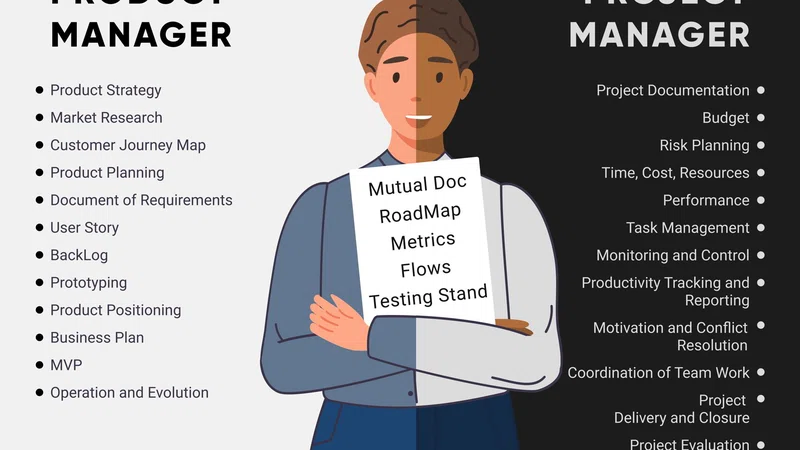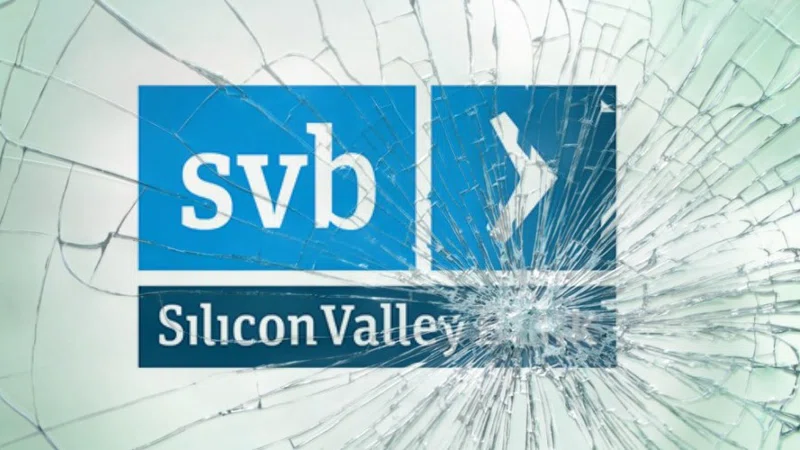The banking industry has been transformed over the last 20 years. The traditional brick-and-mortar approach has been completely overhauled, replaced largely by digitalisation and automation. The next step in this digital revolution is the convergence of artificial intelligence (AI) and open banking in the lending sector.
AI enables lenders to assess borrowers’ risks more accurately and, therefore, ensure swift decision-making, improving portfolio management and providing real-time analysis, as well as eliminating human error. When paired with speech recognition technology, it also allows verbal customer contact to be recorded and analysed. Added to that, it can provide more efficient sales prompts, enhance fraud detection and improve feedback, while, taking it a step further, explainable AI enables every decision-making process to be fully scrutinised.
The key to improving this AI-driven credit decision-making is data. By gathering vast amounts of the relevant data, lenders can enable developers to build the right AI and machine learning (ML) tools needed to drive this decision-making process.
While huge strides have already been made with AI in certain pioneering industries, such as retail, it hasn’t yet been fully unleashed in the business lending sector. But its slower uptake comes as no surprise given the billions of dollars at stake.
Despite this, businesses are starting to warm to and embrace this new and innovative technology. To bring more people on board, however, first, all stakeholders need to get up to speed with its potential. That means bringing everyone to the table - not just the lenders and technology firms, but also the banks providing the capital for the loans.
Care needs to be taken with its adoption too. Rather than fully automating the lending process, businesses first need to get comfortable with the technology, which requires incorporating human intelligence into its use and development.
The role of open banking
All of this is being enabled by open banking technology, which has had a transformative effect on lending and borrowing by enabling loan providers to access businesses’ accounts. By providing greater transparency and secure data sharing, it allows lenders to better assess applicants’ creditworthiness, thus, making informed credit decisions, at the same time as reducing default rates. It also enables lenders to reach new borrowers.
The benefits of open banking data extend to startups that tend to struggle to access more funding due to a lack of sufficient data. But as increasingly more data is gathered on multiple businesses that have applied for finance, this enables lenders to make better predictions, thus expanding the pool of businesses they can work with, especially to newer businesses, who are most in need of financing.
By providing regular, data-driven insights into their financial performance, thereby, companies improve their chances of getting approved for a loan. Using this monthly snapshot of the business and based on predictive technology, they can quickly identify any problems that may arise, the most prevalent of which stem from cashflow gaps, allowing them to take the appropriate action.
When combined with open banking, AI allows lenders to quickly assess a borrower’s likelihood of defaulting and identify low-risk customers, enabling them to build a more sustainable customer base and improve profitability. Together, they will bring proactive customer advice and process innovation, as suggested in the FLA Future of Credit Report, as well as supporting the development of financial regulations and products that pursue a green agenda.
Sourcing funding
Businesses can also improve their chances of success by sourcing funding when they don’t need it, when it’s easier to access. Unfortunately, most seek funding when they desperately need it, but by that point, it’s extremely challenging to secure it.
The nirvana for any lender is to accelerate loan approval times and develop instant, single-click lending via embedded finance, thanks to AI and ML. But closing that gap has been notoriously slow due to the segregation of data on the business lending side, with a large number of different sources from whom the data needs to be collected.
Despite this, there are reasons to be optimistic about the future. With demand from small-to-medium-sized businesses picking up significantly as firms make better decisions around capital investment and planning future growth, that trend looks likely to continue.
Over the last two and a half years, there has been a large amount of government financial support, which has resulted in some ebbing in demand. While still not at the pre-Covid levels, they are, however, starting to return.











